Course Description: The Histories and Theories I and II course sequence is intended to cultivate an awareness of how humans have transformed, curated, consumed, and projected meaning onto the landscape, with a critical examination of the places and people that have informed landscape architecture as a profession. The first course in this sequence, LAR 581: Histories and Theories I, lays the groundwork for a cross-cultural history of human engagement with landscape, and introduces the foundations from which the field of landscape architecture as a modern profession later developed.
Avebury Ring, England, 3300-2600 BCE - digital reconstruction from Girot, Course of Landscape
2024
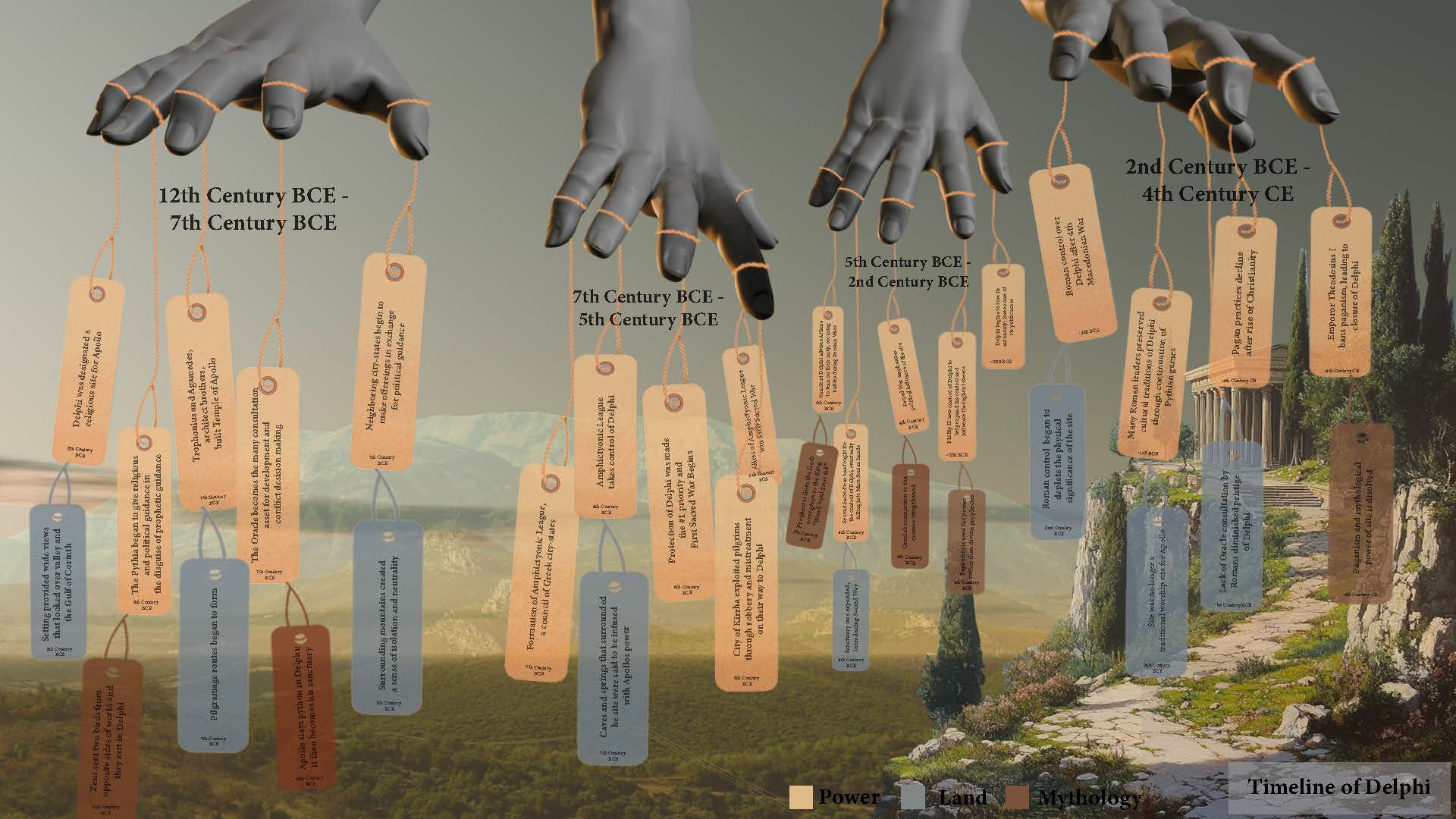
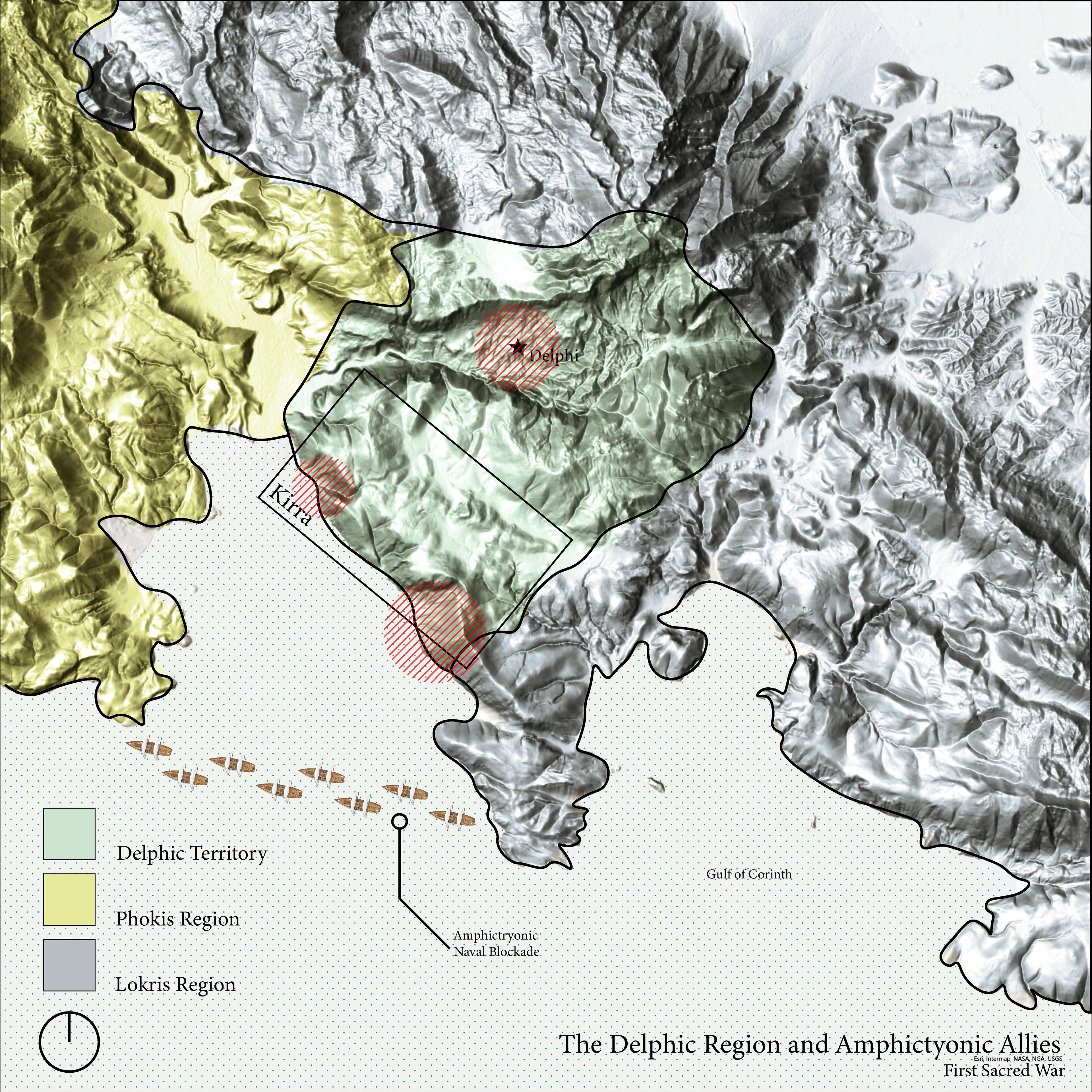
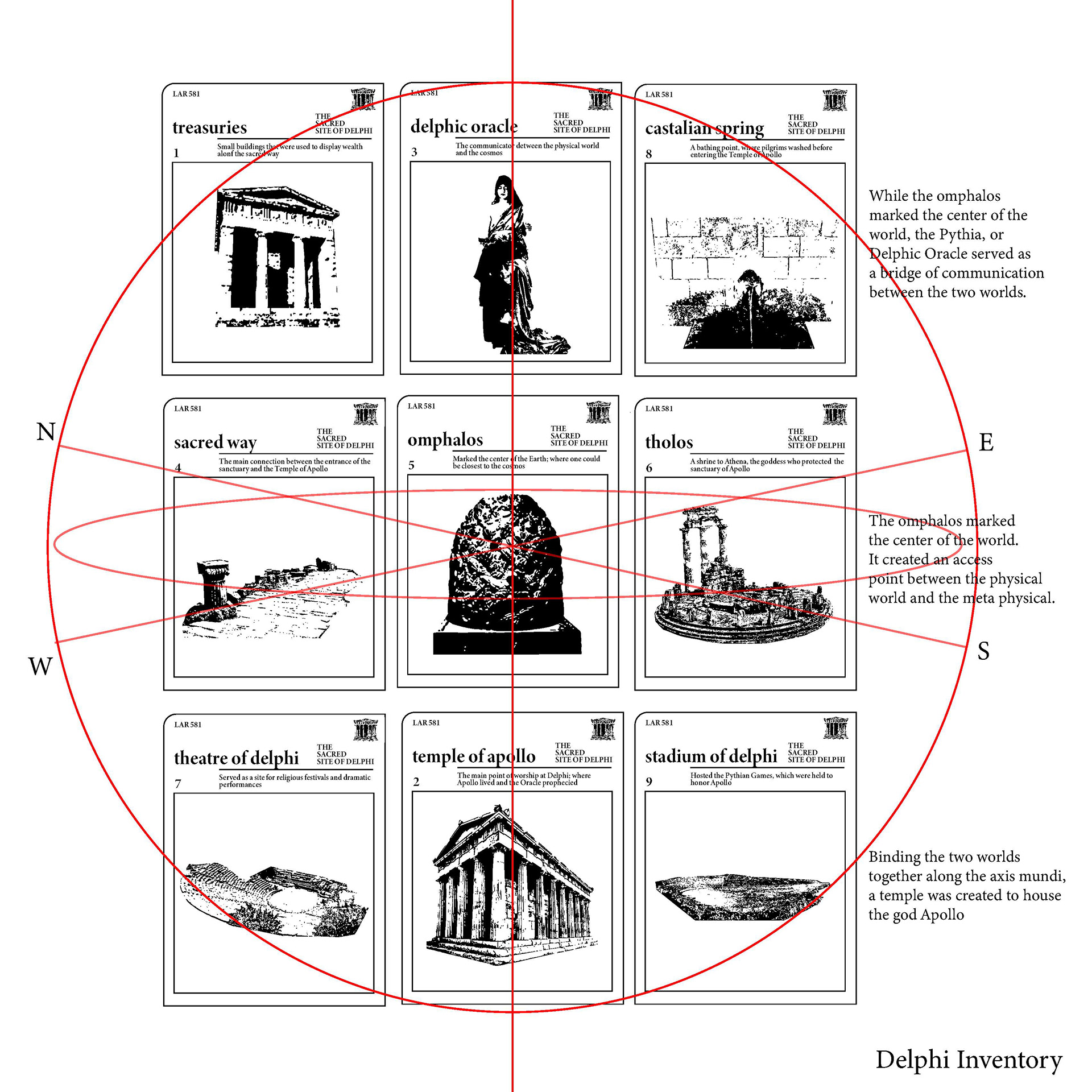
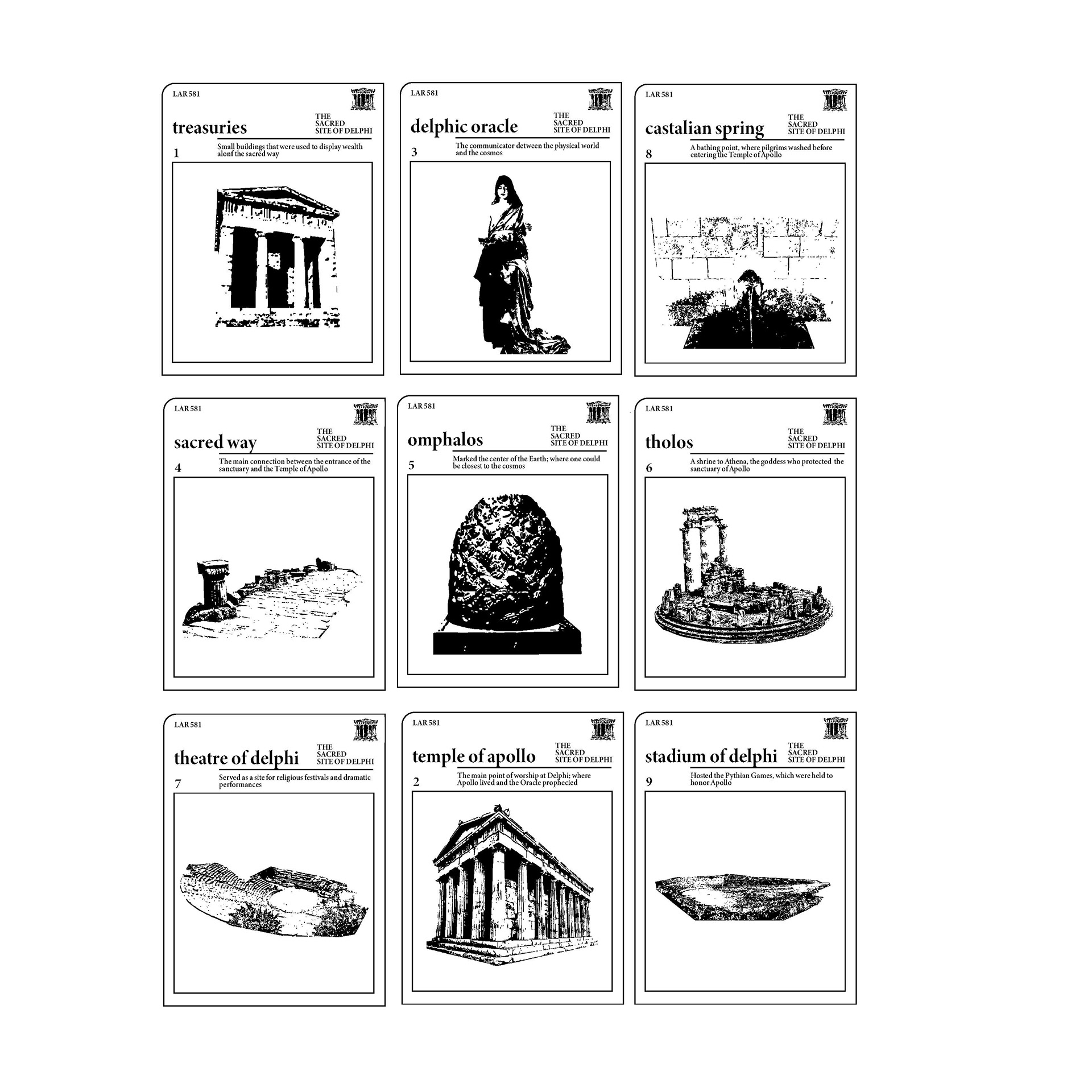
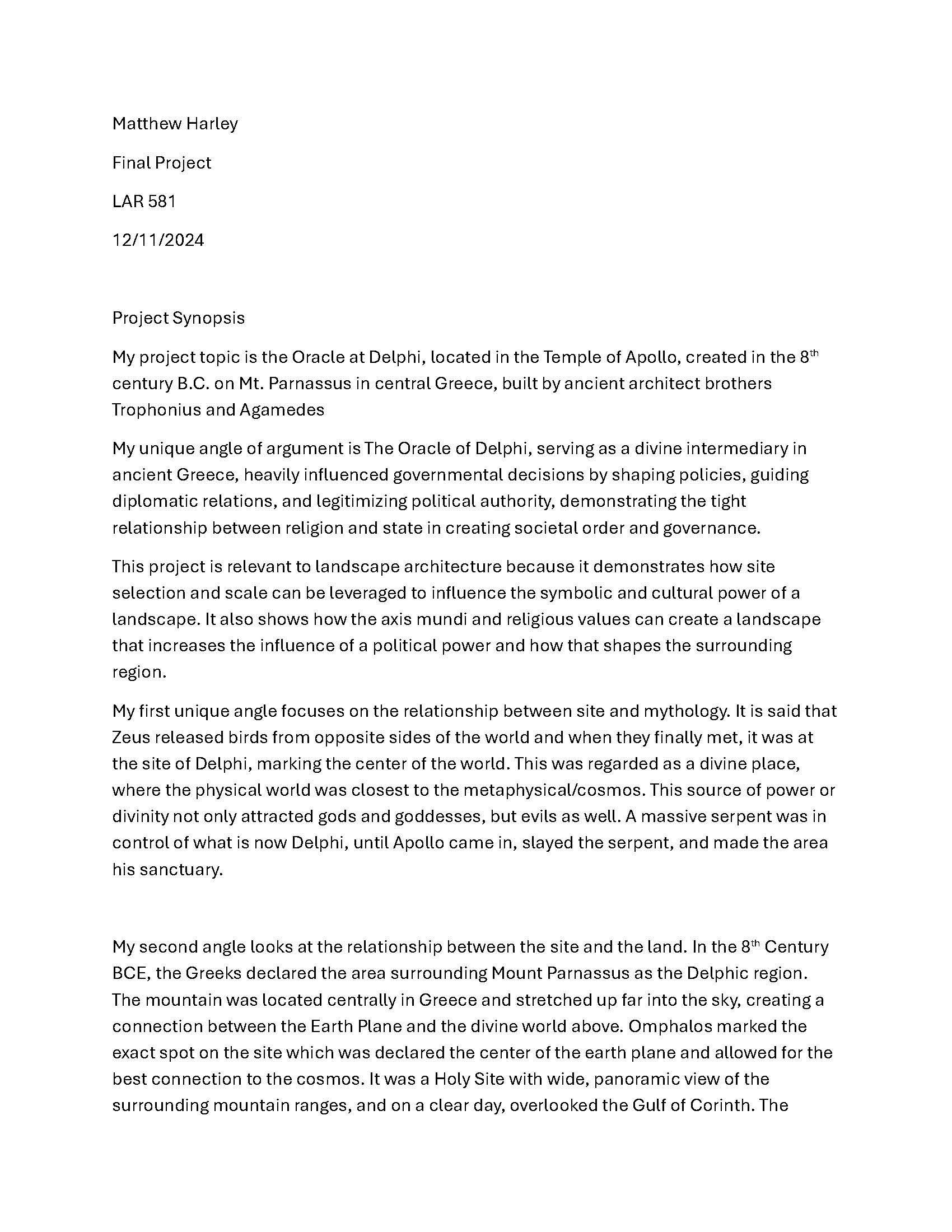
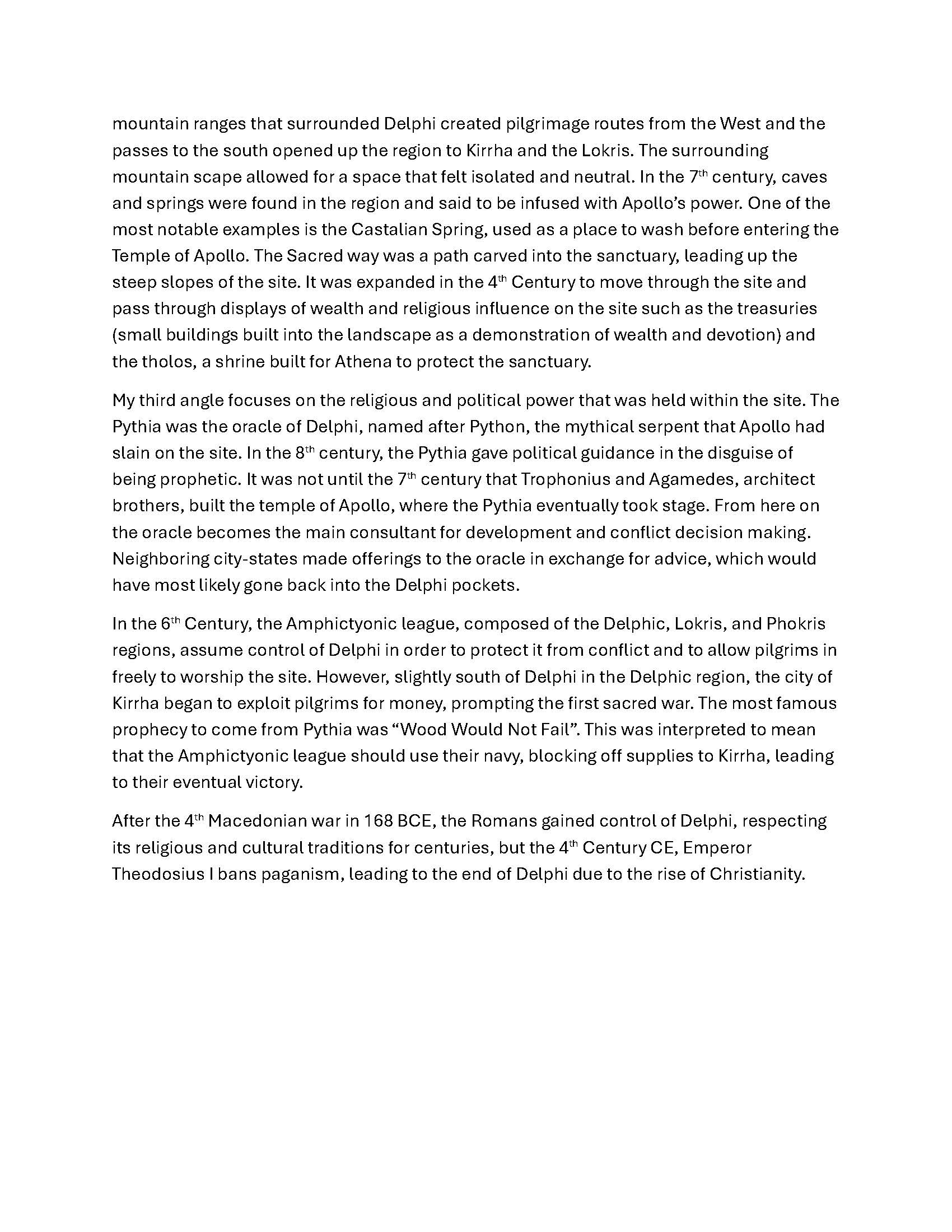
project by Mathew Harley, Fall 2024
project by Dustin Del Moro, Fall 2023
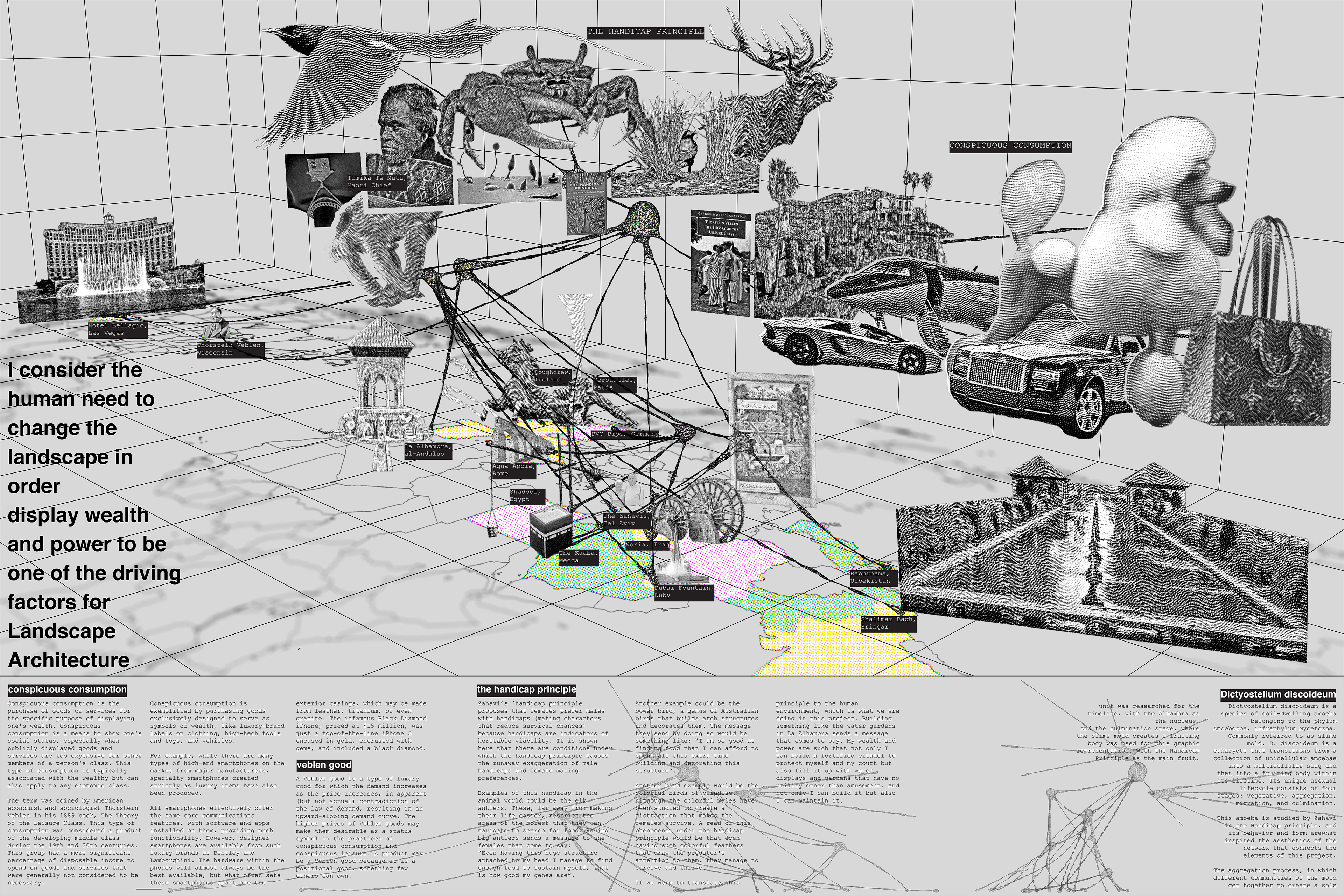
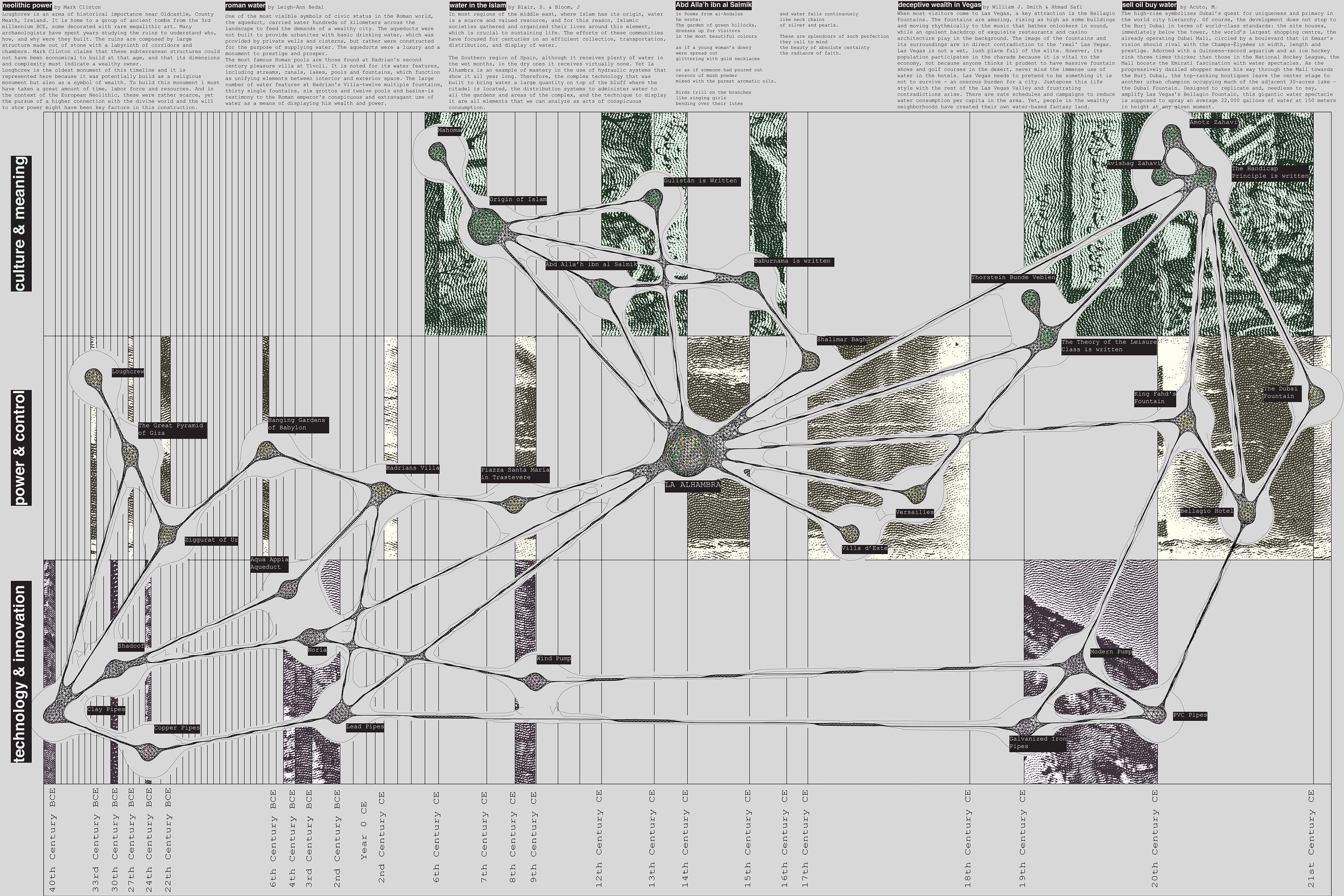
project by Mart Roca Busacker, Fall 2022
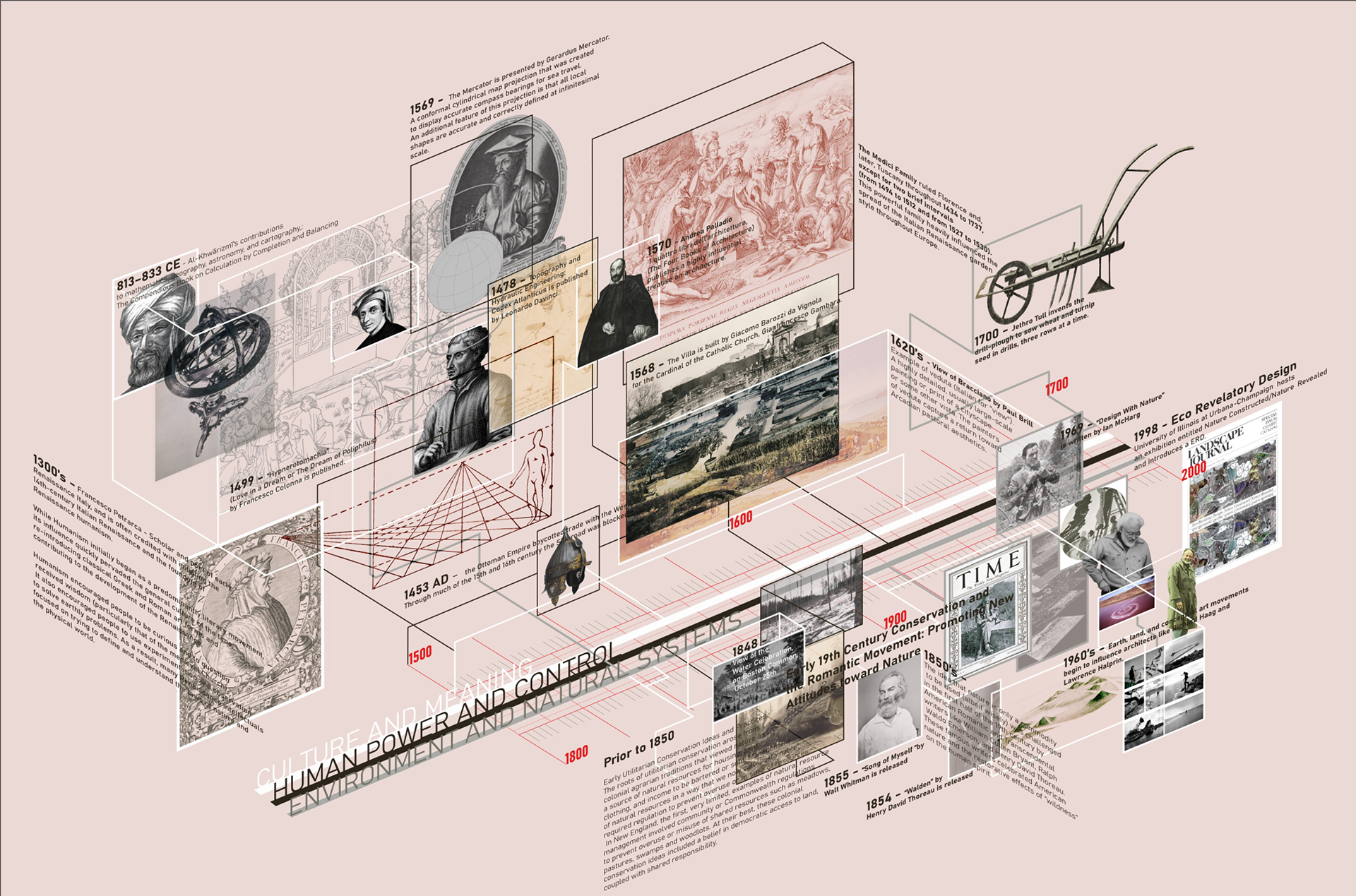
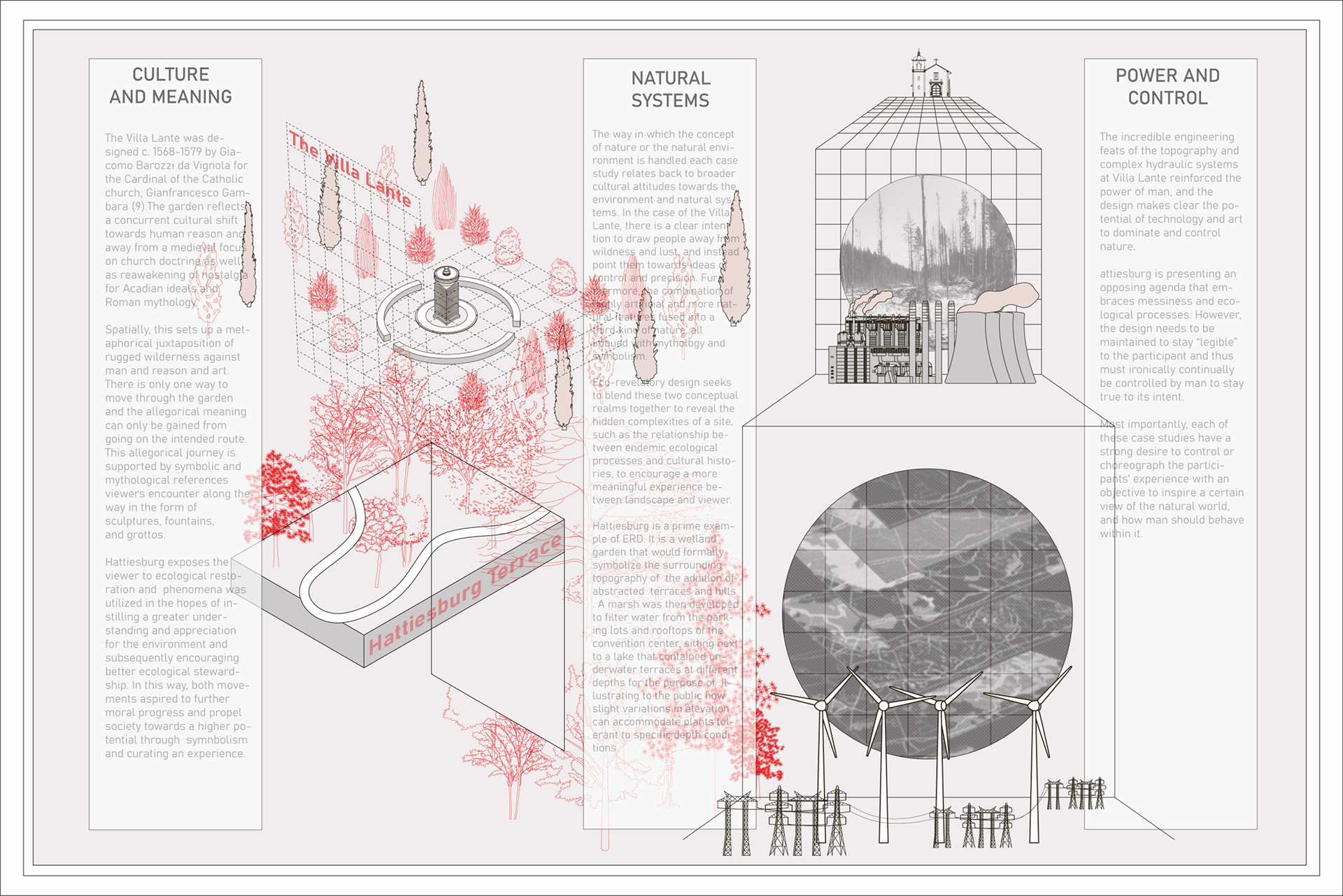
project by Abbey Freed, Fall 2022
Final Paper
"The Great Hippodrome of Constantinople was a fantastically rich and architecturally compelling site... There is a component to war and sport that lies in the drive to win, dominate, and conquer. These undertones are a possible explanation as to why athletes and fans are so emotionally motivated to engage in these events. Although modern sports may be lacking a kathisma for the president to oversee every game, there remains a social hierarchy structurally and economically that translates to various aspects such as seating. With many comparisons to be drawn from past to present and from culture to culture, there are too many points of intersection that connect for the history of sport to be coincidental."
written by Haley Richardson, Fall 2021
Full text can be read here.
Full text can be read here.
Final Paper
"Questions of how one should grapple with current iterations of a landscape, and at the same time reconcile the historical wrongdoing of racism within a site are complex. That complexity does not even address how to design within current paradigms or how to make visitors aware of the history of the site. The research I did for this project is an effort to know the history of one community, and that I believe it is an important step to make though it does leave questions still hanging about the park that occupies the former civil war fort..."
written by Marilyn Reish, Fall 2020
Full text can be read here.
Full text can be read here.